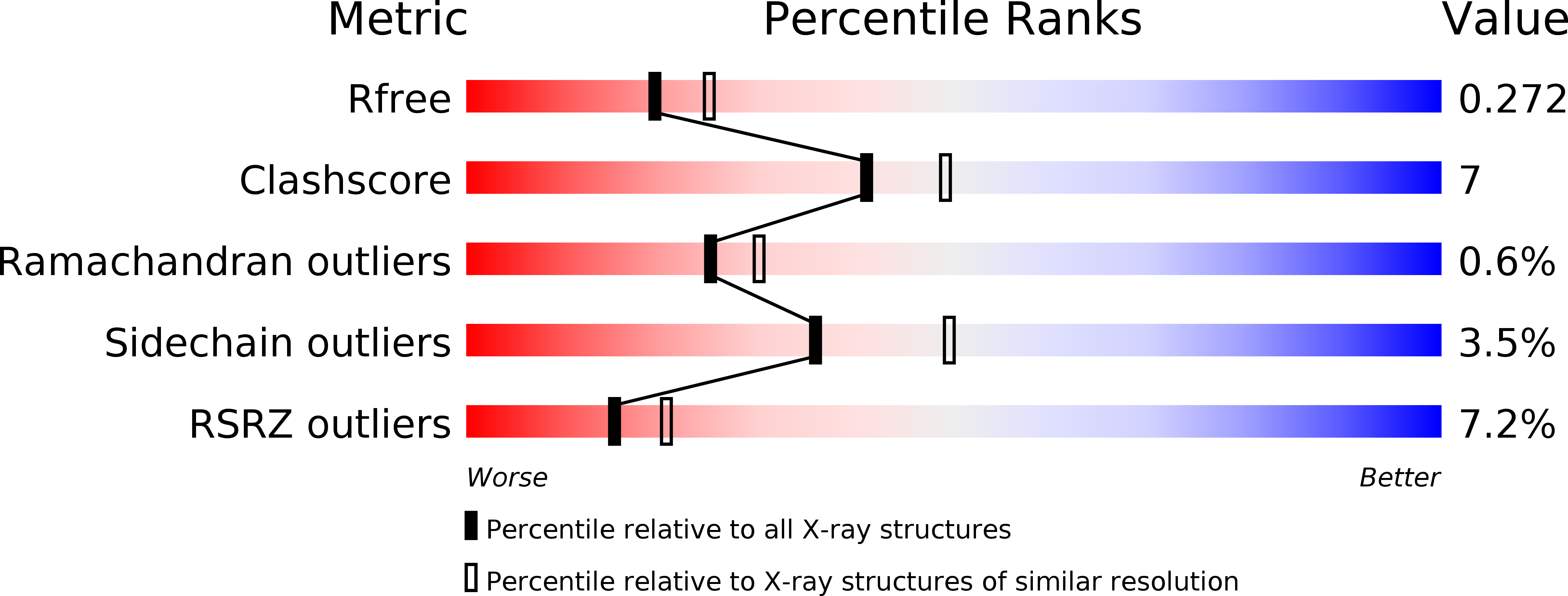
Deposition Date
2009-02-06
Release Date
2009-03-24
Last Version Date
2023-09-06
Entry Detail
PDB ID:
3G6G
Keywords:
Title:
Equally potent inhibition of c-Src and Abl by compounds that recognize inactive kinase conformations
Biological Source:
Source Organism:
Gallus gallus (Taxon ID: 9031)
Host Organism:
Method Details:
Experimental Method:
Resolution:
2.31 Å
R-Value Free:
0.27
R-Value Work:
0.22
R-Value Observed:
0.23
Space Group:
P 1


